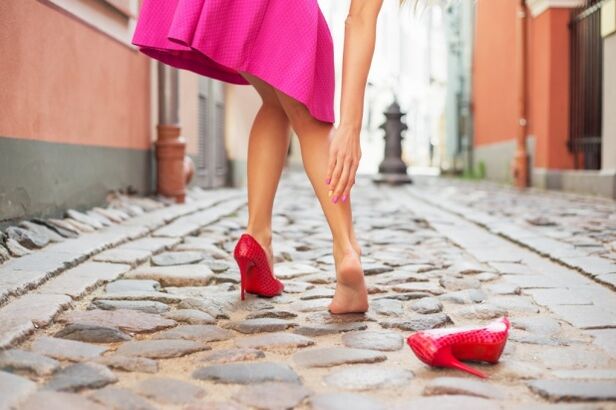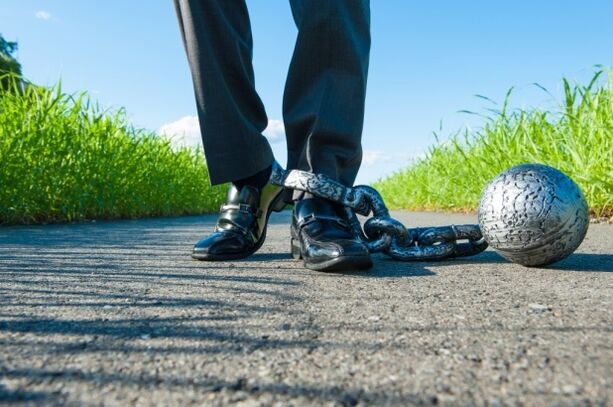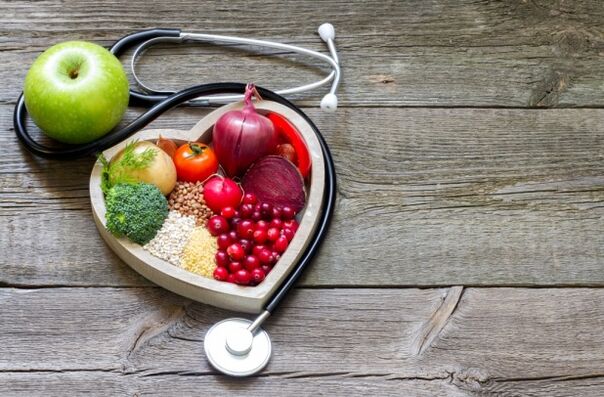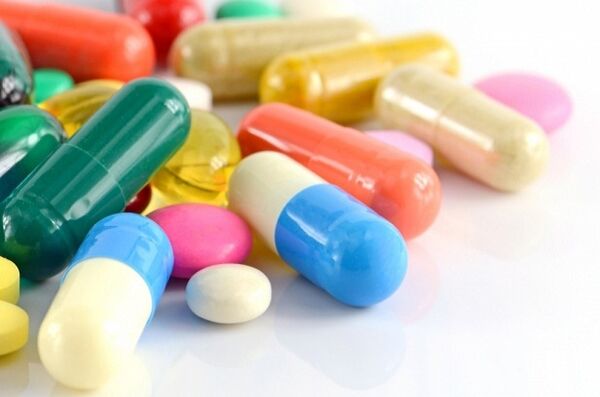Physical pain is an unpleasant and multifaceted feeling. The presence of a pain factor indicates that there is a problem in the body. By localizing and describing what kind of pain the patient is experiencing, the specialist will be able to determine their source and cause. If the presence of varicose veins is suspected, then accurate clinical examination (blood, urine) and, perhaps, instrumental examinations will be required for accurate differentiation of the problem.

But in order to independently determine the existence of a problem and go to a specialist with it, it is important to emphasize it against the background of the usual fatigue or weakness. What kind of pain does a person experience in varicose veins? What are their specifics? And what treatment is possible in this case? You will find the answers to these and other questions in our article.
Pain in the legs with varicose veins: symptoms and causes
Varicose vein pain is not the only manifestation of this disease, but it causes serious discomfort. How strong is leg pain with varicose veins? Of course, there are differences in the individual thresholds of sensitivity, but most pain syndromes are due to the peculiarities of the actual pathological process.
პერExpert opinion
Pain in the legs with varicose veins includes a wide range of unpleasant sensations: pain, spasms, cramps, burning, enlargement, and pressure along the venous bed. They have a sudden, painful and painful character.
Typically, pain syndrome is felt more or less acutely, depending on the condition of the body, whether it is loaded with any load at this time or not. Pain also has characteristics such as time dependence. This means that with the advent of certain times of the day, the pain syndrome begins to intensify. So strong pain with varicose veins occurs from the afternoon. Varicose veins of the uterus and varicose veins of the small pelvis, in which acute pain is often felt in the lower abdomen, also have a similar dependence on time.
An insidious disease like varicose veins covers the entire limb and can cause pain in the joints of the lower leg, calf muscle, and popliteal cavity. The person experiences the most severe unpleasant sensations in the area of neurovascular formations. In the area where the set of blood vessels lies more superficially, additional swelling of the foot may occur. This is another sign that the varicose veins are progressing and there is already a lymphatic drainage disorder. Swelling aggravates leg pain? Of course yes. Swelling caused by disturbances in the venous system of the lower extremities is characterized by compaction of the affected vessels and even local increases in temperature. A combination of symptoms such as pain in the vein and its deformation, persistent, persistent swelling, and trophic changes indicate stage II varicose veins. This stage is considered an advanced form of the disease. To prevent this, it is important to know the risk factors for this vascular disease and its exact symptoms.

The presence of one of the following symptoms should alert you to medical advice:
- Feeling of heaviness in the legs and feeling of muscle weakness;
- Tingling and burning along the veins;
- Feeling of internal pressure or "bloating";
- Appearance of telangiectasias and increase in venous pattern;
- Bulging of deformed veins;
- Trophic changes of the skin;
- Long non-healing wounds on the legs;
- Edematous events;
- Numbness of the lower extremities;
- Leg muscle cramps;
- Pain syndrome.
None of the disease occurs by itself. There really are factors that can be called provocative. Varicose veins are no exception, so its appearance can be caused by:
- Hereditary predisposition;
- Congenital weakness of connective tissue and blood vessel walls;
- Inactive lifestyle and static sports;
- Excessive physical activity;
- Forced prolonged standing or sitting (for example, at work);
- Improper nutrition and excess weight;
- The existence of bad habits;
- Pregnancy and childbirth;
- Hormonal imbalance;
- Soft tissue injuries;
- surgery;
- Liver disease.
Based on the presence of these factors in humans, it is included in the risk group for the development of vascular pathology. How to reduce the risk of developing the disease? What can you do if you feel pain in your legs? How and how to relieve or reduce pain with varicose veins in the leg? How to help yourself in relieving the symptoms of varicose veins and treating blood vessels, further in our article.
Leg pain with varicose veins: prevention and treatment

Before starting the prevention and treatment of vascular diseases, it is worth understanding why there is pain in the varicose veins in the legs? Pain in the legs with varicose veins occurs due to the irreversible pathological process taking place in the veins, under the influence of which they stretch and deform, blood circulation is disrupted and venous stagnation occurs. Therefore, preventive measures and treatment will be aimed at strengthening the walls of the veins and not exclusively at getting rid of the pain. With varicose veins, the legs require special care and attention. What to do when the first signs of pathology appear?
The first thing to do when something hurts is to visit a doctor.
If after a series of manipulations the specialist finds that the pain is caused by varicose veins, then appropriate treatment will be selected. This will help to get rid of the manifestations of varicose veins and improve the quality of life as varicose veins are not a suggestion.
In the treatment of absolutely any disease, first of all, there is a recommendation to change the lifestyle. It is simply impossible to be a healthy person with a passive lifestyle, bad habits, imbalance in daily routine and wrong diet. Therefore, the first step that will help to eliminate the pain in the legs with varicose veins will be a qualitative change and the establishment of a healthy lifestyle. It is necessary to bring harmony in the mode of work and rest. Labor should not be associated with excessive physical and mental stress. Rest should include a full, healthy sleep. You need to spend your free time actively - stay in the fresh air and play sports. The latter includes swimming, racing, aerobics. Without any blows and not overloaded with vigorous physical activity classes.
პერExpert opinion
In order for the venous walls to be strong and elastic, it is important to eat properly. Here, depending on the stage of the disease and its dynamics, a specialist can offer a therapeutic diet. The main principle on which it is built is balance. The diet should include foods rich in vitamins, fiber, fiber, flavonoids, etc. Sh. , Almost all vegetables, nuts and legumes, cereals, as well as natural carbonated beverages. It is necessary to exclude fried, salty, smoked and spicy.
If for any reason you need an additional source of nutrients, then a specialist will prescribe it - a complex of venotonic vitamins and plant extracts, which act simultaneously in several directions, due to the content of active natural components in its composition. By taking this remedy you can strengthen and clean the walls of venous blood vessels, improve blood circulation, reduce capillary permeability and weakness.
In addition, depending on which specialist determines the stage of the disease, it will also depend on how the disease is treated - conservatively or radically.
Conservative treatment includes:
- Taking medication;
- Use of external products;
- Physiotherapy;
- Wearing a medical compression garment.

The use of the drug will stop the damage to the venous bed, control the level of blood viscosity and the formation of blood clots, as well as have antispasmodic and anti-inflammatory effects. Taking medication in combination with topical remedies will increase the positive effects on the veins. You can use an ointment or cream for varicose vein pain not only for treatment but also for prevention. The action will depend on the composition of the product. Its components can be synthetic and natural. Products with synthetic composition are used not only to eliminate swelling, fatigue and pain, but also for further recovery after venous surgery. Varicose veins in the early stages, during pregnancy or in people at risk can be resisted by using products with natural composition. Their effectiveness is directly related to the active natural ingredients in the composition. The foot cream with extracts of chestnut, green tea and ginkgo biloba has a venotonic effect, which helps to eliminate pain with varicose veins in the legs. Thanks to the use of this cream you can relieve inflammation and pain, as well as improve the appearance of the skin.
Medical gymnastics will make a significant contribution to the improvement of the venous system.
Daily exercise, no harder than morning exercises, will help to remove the unpleasant sensations of numbness of the limbs, convulsions and heaviness. The set of exercises is individually selected according to the capabilities and the situation. At home, the most popular are "bicycles", "scissors" and shoulder pads. In an office setting, while sitting at a desk, you can also stretch your legs, just twist your legs, bend and spread your toes.
To improve blood circulation, to alleviate unpleasant symptoms such as swelling and pain, it is recommended to wear a compression garment daily. The type of product and the degree of its compression are selected taking into account the dynamics of the disease.
Radical therapy includes invasive and minimally invasive methods. Specialists try to address them last, in cases where conservative treatment does not help or the situation is difficult to assess.
ᲘTake care of your health!




































